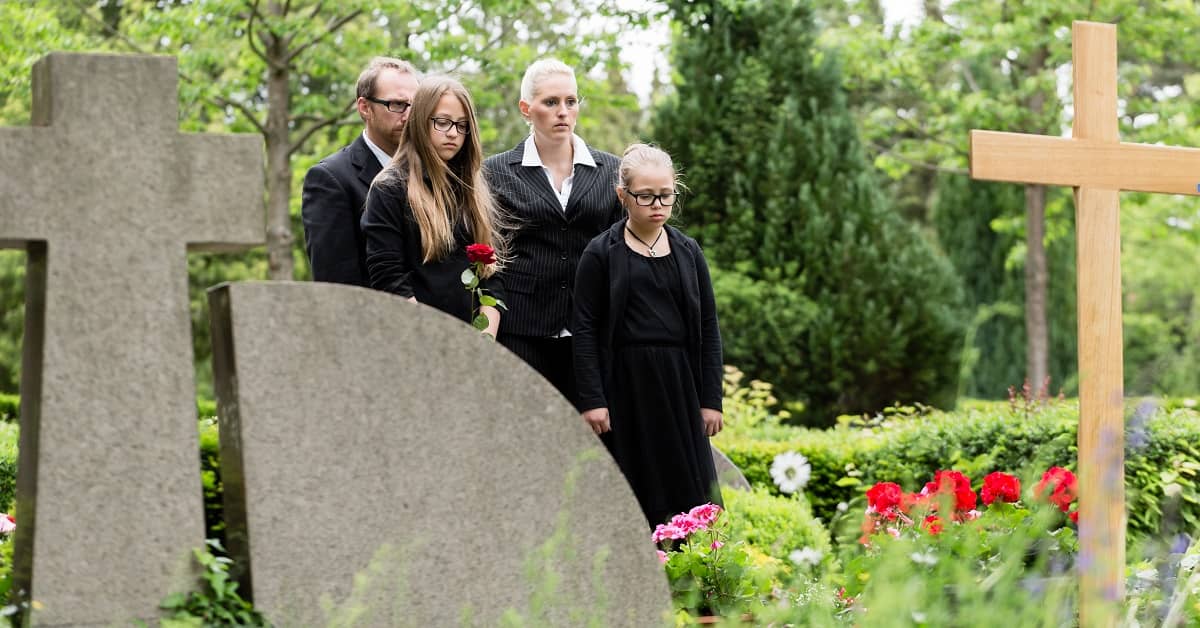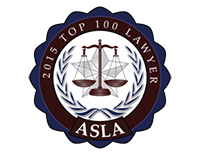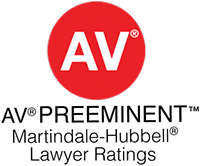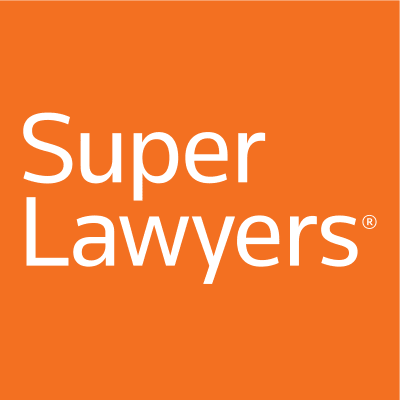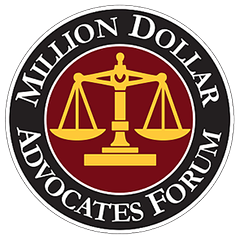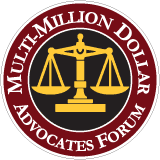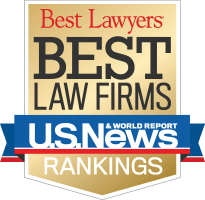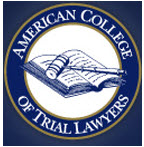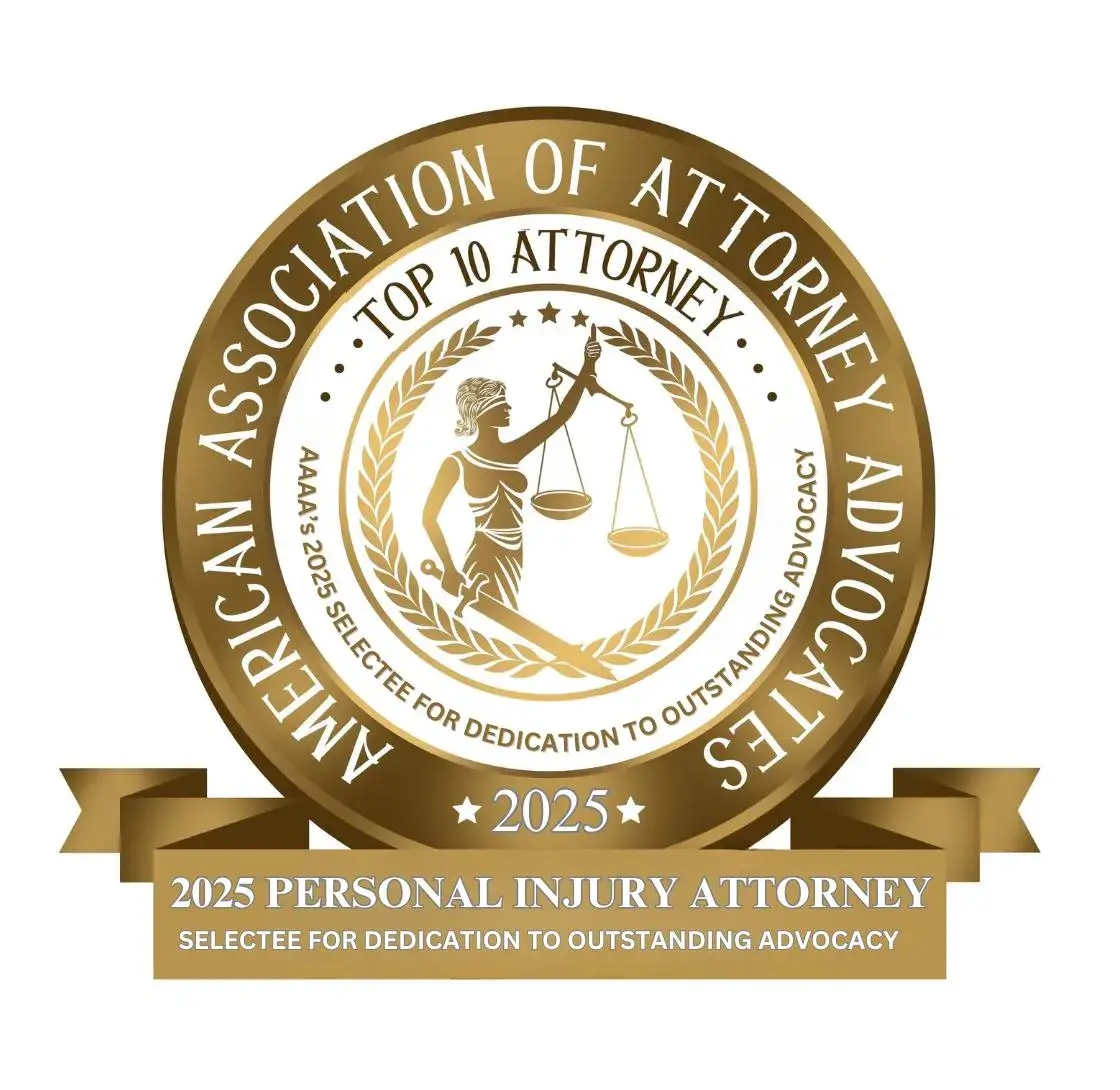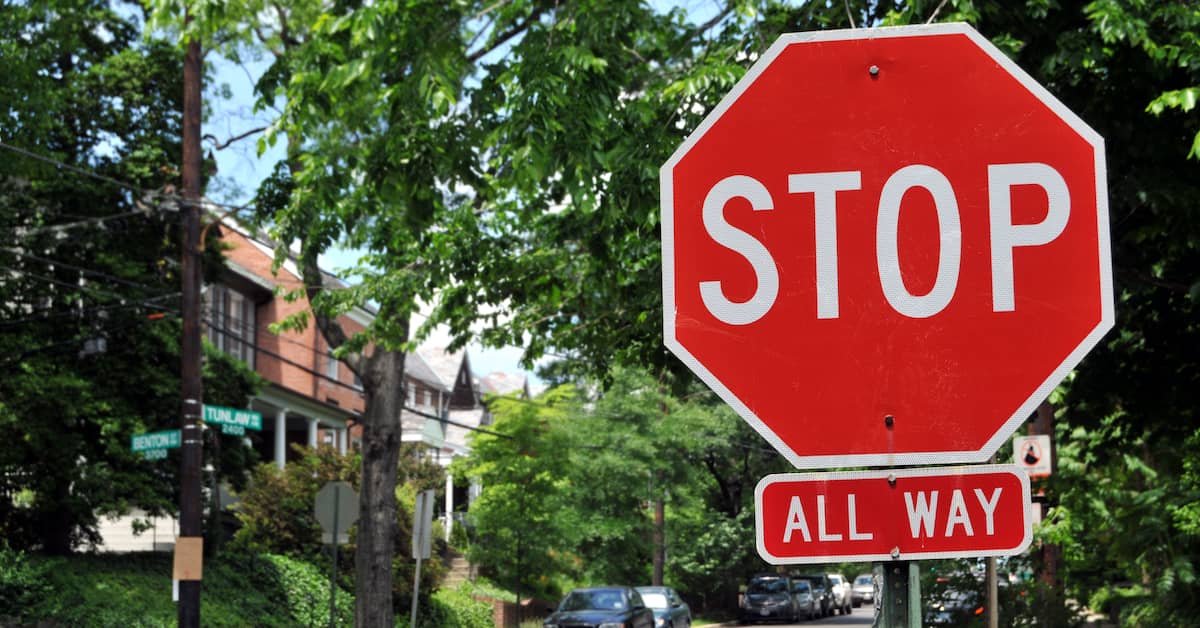
Stop Sign Accident: Who Is At Fault?
A stop sign is a simple, everyday part of our roadways. Yet, it plays a critical role in keeping drivers, bicyclists, and pedestrians safe. However, when someone fails to follow this basic traffic rule, accidents can happen. If you’ve been in a stop sign accident, you may be feeling a whirlwind of emotions—confusion, frustration, or even fear about what comes next. Knowing who is at fault is often the first piece of the puzzle when trying to understand your situation and seeking compensation for your injuries.
Common Scenarios in Stop Sign Accidents
Stop sign collisions occur at intersections, where multiple vehicles converge and must adhere to right-of-way rules. The specific circumstances of the accident can vary, but some scenarios occur more frequently than others.
Failing to Stop
One of the most common causes of stop sign accidents is a driver who simply runs the stop sign. This can happen because the driver is distracted, speeding, or even under the influence of alcohol or drugs. When drivers fail to stop, they typically breach their duty of care to others on the road.
For example, imagine you are driving through an intersection, confidently moving forward because you have the right of way. Another driver speeds through the stop sign and crashes into your vehicle. Most of the time, the driver who ran the stop sign would be considered at fault.
Rolling Stops
A rolling stop occurs when a driver slows down but doesn’t come to a complete stop at a stop sign. While it may seem harmless, a rolling stop is dangerous because it limits the driver’s ability to fully assess the situation and react to oncoming traffic.
For instance, if someone rolls through a stop sign as you’re crossing the intersection, they may not see you in time, leading to a crash. While rolling stops can sometimes be harder to prove, they can still establish fault for the accident.
Confusion About Right of Way
Another frequent scenario happens when drivers misunderstand or ignore right-of-way laws at intersections controlled by stop signs. This can lead to collisions, even if both drivers technically stopped at their respective signs.
Consider a four-way stop, where all drivers must take turns proceeding through the intersection. If one driver mistakenly assumes it’s their turn and pulls in front of you when it’s your turn under the law, they could cause an accident. Fault in these situations often falls on the driver who failed to yield properly.
Obstructed or Damaged Stop Signs
Sometimes, a stop sign accident can result from external factors, like poor visibility. A stop sign hidden by overgrown trees, missing due to vandalism, or knocked down in a storm can lead to confusion among drivers.
If you’ve been part of a collision where a stop sign was obstructed or missing, determining fault can be more complicated. Liability may extend beyond the drivers themselves and could include a municipality or other governing body responsible for maintaining safe roadways.
How Is Fault Determined in a Stop Sign Accident?
Determining who is at fault in a stop sign accident isn’t always straightforward. While the law plays an important role in guiding decisions, it’s the specific details of every crash that tell the real story. Fault is determined by investigating what happened, identifying the actions of all drivers involved, and considering key factors like these:
Evidence Matters a Great Deal
If you are wondering who caused your stop sign accident, one of the most important pieces of the puzzle is evidence. Evidence may include photographs of the scene, police reports, video footage from nearby traffic cameras, or even witness statements.
- Photos and Videos show exactly what the intersection looked like, including the position of vehicles after the incident. Did one car fail to stop entirely or run through the sign? Were there skid marks or road conditions that could provide additional clues?
- Police Reports provide an official account of what happened, often including observations made by the officers who responded to the scene.
- Witness Testimony can include statements from passersby, other drivers, or even passengers in your car about what they saw or heard.
Traffic Laws Come into Play
The next major consideration is what the traffic laws say. For instance, stop sign laws require drivers to stop completely before entering an intersection. After stopping, they must yield the right of way to any vehicles or pedestrians already in the intersection or so close that entering would create a hazard.
If a driver ignores this rule, they may be considered at fault for the accident. However, laws also clarify that drivers at four-way stops must take turns in the order they arrive. A misunderstanding about who arrived first could lead to shared fault.
Comparative Negligence
Stop sign accidents can sometimes involve shared fault. For example, one driver may have run a stop sign, but the other driver might have been traveling over the speed limit, making it impossible to stop in time to avoid the collision. This is where comparative negligence comes into play.
Each state has its own rules regarding how fault is shared in these cases. Depending on the laws where you live, you could still seek compensation even if you were partially responsible for the accident. The total amount of compensation may be reduced by your percentage of fault, but comparative negligence ensures that drivers aren’t left to bear the burden of someone else’s actions alone.
Road Conditions and Visibility
Other factors, like poor road conditions or low visibility, can also influence fault. Did weather conditions like rain or fog contribute? Was the stop sign hidden from view due to overgrown foliage? If the design of the intersection or lack of maintenance played a role, there may be shared fault—or even responsibility that falls outside of the drivers involved.
The Role of Evidence in Determining Fault
Evidence is key to establishing who was at fault in a stop sign accident. The more detailed and accurate the evidence, the stronger the case for determining liability and seeking compensation for damages.
How Police Reports Provide Critical Insight
A police report serves as one of the most foundational pieces of evidence after a stop sign accident. When officers arrive at the scene, they assess the situation, record their observations, and document statements from both parties and witnesses. They may even note visible skid marks, vehicle damage, and traffic violations.
While the report’s determination doesn’t legally assign fault, it strongly influences claims or court proceedings. Police records provide an official third-party account, offering clarity in disputes and acting as a key piece of documentation for anyone seeking justice.
The Value of Eyewitness Testimony in Your Case
Eyewitnesses play a pivotal role in stop sign accident investigations by sharing what they saw or heard leading up to and during the crash. Their accounts can shed light on whether one driver ran a stop sign, failed to yield, or behaved recklessly.
Unlike victims or drivers, witnesses are often neutral parties with no vested interest in the outcome. Their unbiased observations can confirm or challenge the accuracy of other evidence. This testimony provides a clearer picture of fault, especially when accidents involve conflicting stories or multiple drivers.
How Traffic Cameras and Dashcams Strengthen Fault Claims
Video footage from traffic cameras or dashcams offers irrefutable visual evidence in many stop sign accidents. A well-placed dashcam might capture a driver failing to stop or making an illegal turn, while traffic cameras could record broader intersection activity. This footage is invaluable when there’s a dispute over fault or if eyewitness accounts are incomplete.
Since video removes subjective interpretation, it can confirm specifics like vehicle speeds, positions, and right-of-way violations. Having access to such clear documentation is often the deciding factor in proving negligence in personal injury claims.
Why Accident Scene Evidence Tells a Compelling Story
The physical details of an accident scene are critical for reconstructing what happened. Photos or videos of vehicle placements, the condition of the stop sign, skid marks, road conditions, and surrounding visibility hazards all contribute to building a strong case. This evidence can highlight negligent behaviors, such as speeding or failing to stop completely, or external factors like hidden signage.
When gathered promptly and thoroughly, accident scene evidence allows investigators, lawyers, and accident reconstruction experts to piece together a comprehensive narrative that supports your claim.
The Role of Expert Opinions in Complex Collision Cases
Accident reconstruction experts bring a professional, analytical perspective to determining fault. They interpret physical evidence, such as impact angles, vehicle damage, and road conditions, to establish what happened—and why. Using scientific methods and advanced tools, they can calculate speeds, force impacts, and braking distances. Their knowledge is especially valuable in complex cases where fault is disputed or shared.
Expert opinions often carry significant weight in legal proceedings and can strengthen a victim’s claim for compensation. These professionals provide clarity and unbiased insight into accidents with complicated circumstances.
Protecting Yourself After a Stop Sign Accident
If you’ve been involved in a stop sign accident, it’s natural to wonder what steps you can take to protect yourself. Knowing who was at fault is important, but so is protecting your health, your finances, and your peace of mind.
- Seek Medical Attention: Even if you initially think you weren’t injured, it is critical to see a doctor right away. Some injuries—like whiplash or internal injuries—don’t show symptoms immediately but can worsen over time. Getting medical care not only protects your health but also creates documented evidence of the harm you suffered, which could be important later if you file a claim.
- File a Police Report: If you haven’t already, contact the police to report the accident. Police reports help to establish the facts of the case and may include important details about which party was at fault. To ensure accuracy, provide clear and honest information to the officer who responds to the scene.
- Document the Scene: Ideally, you would have taken photos of the scene, the stop sign or intersection, any damage to your vehicle, and your surrounding environment. If not, consider returning to the accident scene and taking photos. This documentation can serve as key evidence in piecing together what happened.
- Collect Witness Information: Witnesses can provide critical insight into your stop sign accident. If someone saw what happened, take their contact information. The more perspectives you have, the better your chances of proving fault.
- Contact an Attorney: Dealing with a legal case after a stop sign accident can be difficult, especially when you’re physically hurting or emotionally overwhelmed. An experienced personal injury attorney can listen to your story, gather the evidence needed to support your claim, and handle communications so you don’t have to shoulder that burden alone.
- Don’t Admit Fault: After the accident, you may instinctively apologize or say something that could be interpreted as an admission of fault. Even if you believe you contributed to the accident, it is best to avoid assigning blame. Leave that for investigators, attorneys, and courts to decide.
When You Need Support, We’re Here to Help
At Maggiano, DiGirolamo & Lizzi, P.C., we’re committed to helping accident victims in Fort Lee, Hackensack, the Bronx, and the surrounding communities. Our caring and experienced legal team focuses on personal injury law, including complex intersection accidents like these. With more than 100 years of combined experience, we know what it takes to stand up for your rights, fight for fair compensation, and help bring peace of mind to you and your loved ones.
If you have questions or need guidance, don’t wait. Contact us today at (201) 585-9111 or through our online form for a free case consultation. We’ll be with you every step of the way. Because when life gets turned upside down, you deserve someone who will stand on your side and make things right.



